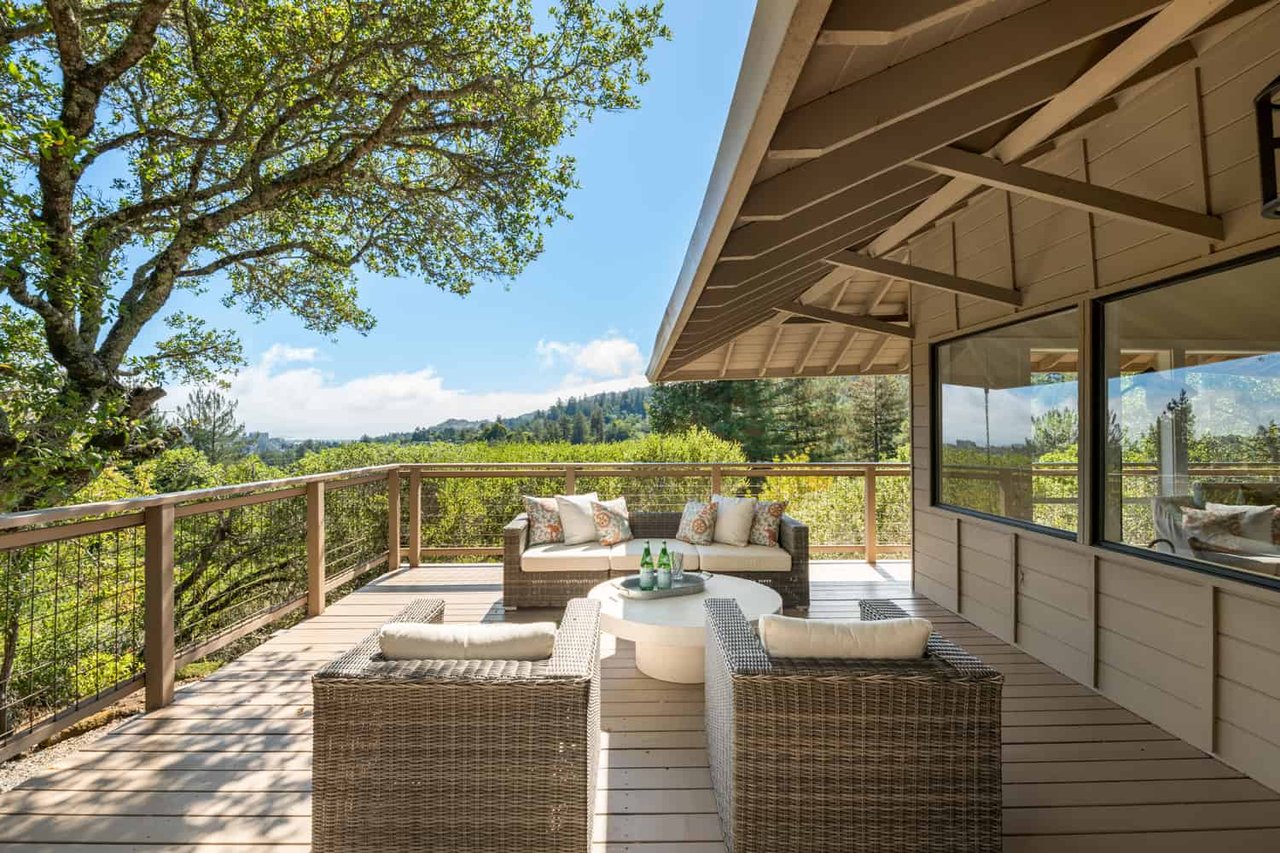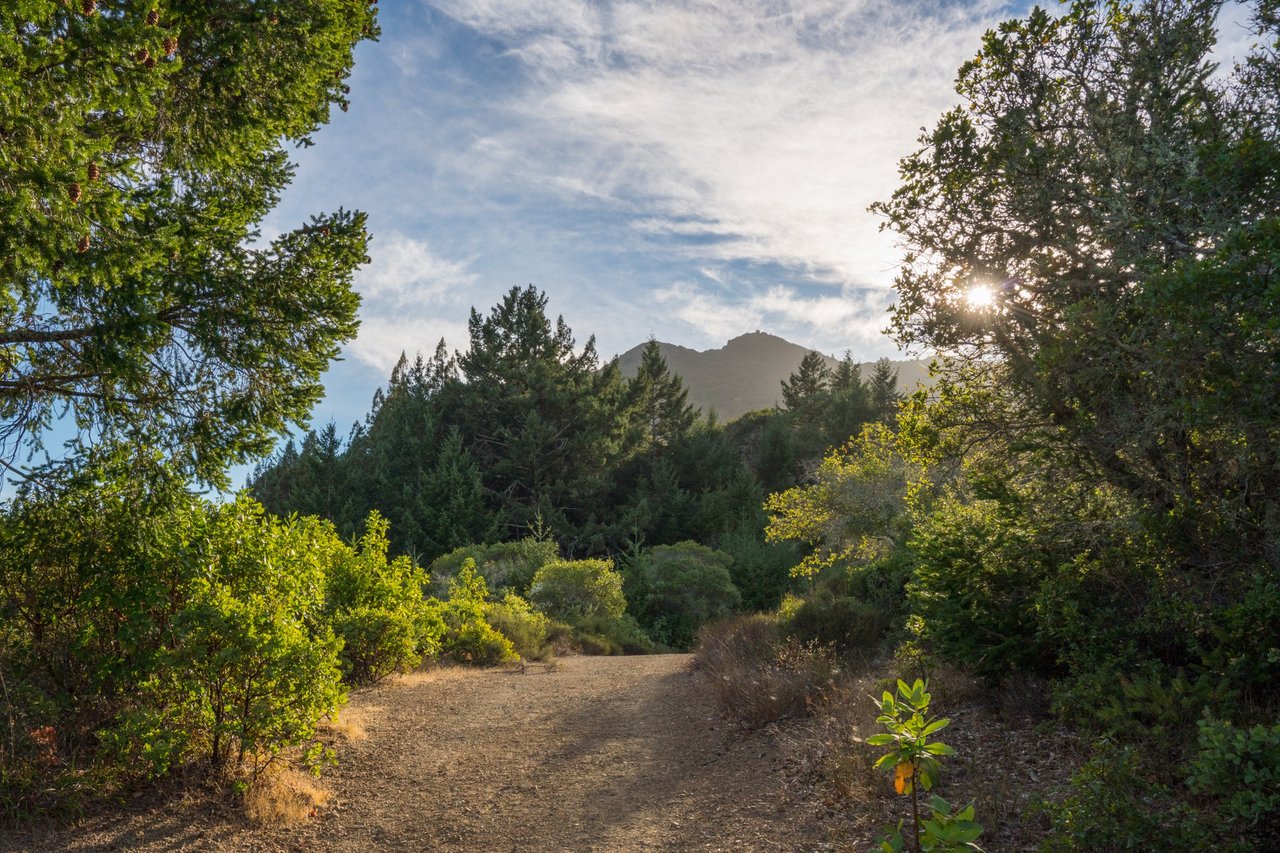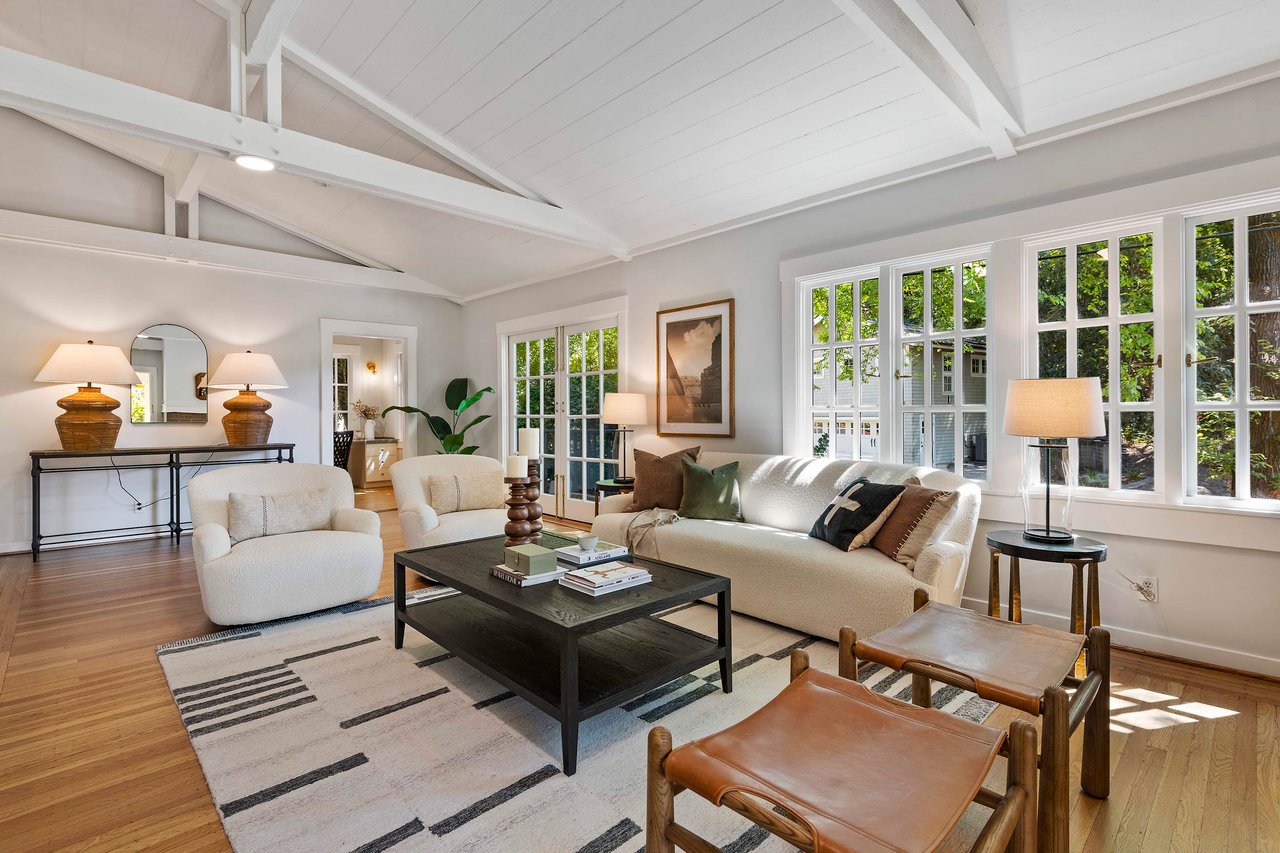Increased incidents of wildfires and the resulting damages are a major concern for California homeowners (See Recent Statistics Below). As billions of dollars in insured losses mount for carriers, it is increasingly becoming a challenge for some homeowners to protect themselves and their property.
I interviewed several agents representing different segments of the local insurance market to get their varied opinions and advice on what homeowners can do to protect their homes, families and communities.
- Jennifer Bair – Senior Client Advisor for Willis Towers Watson Personal Lines and Private Client Group
- Susan Cereghino – Senior Vice President, Private Client Division EPIC Insurance Brokers & Consultants
- Nima Rad – State Farm Agent
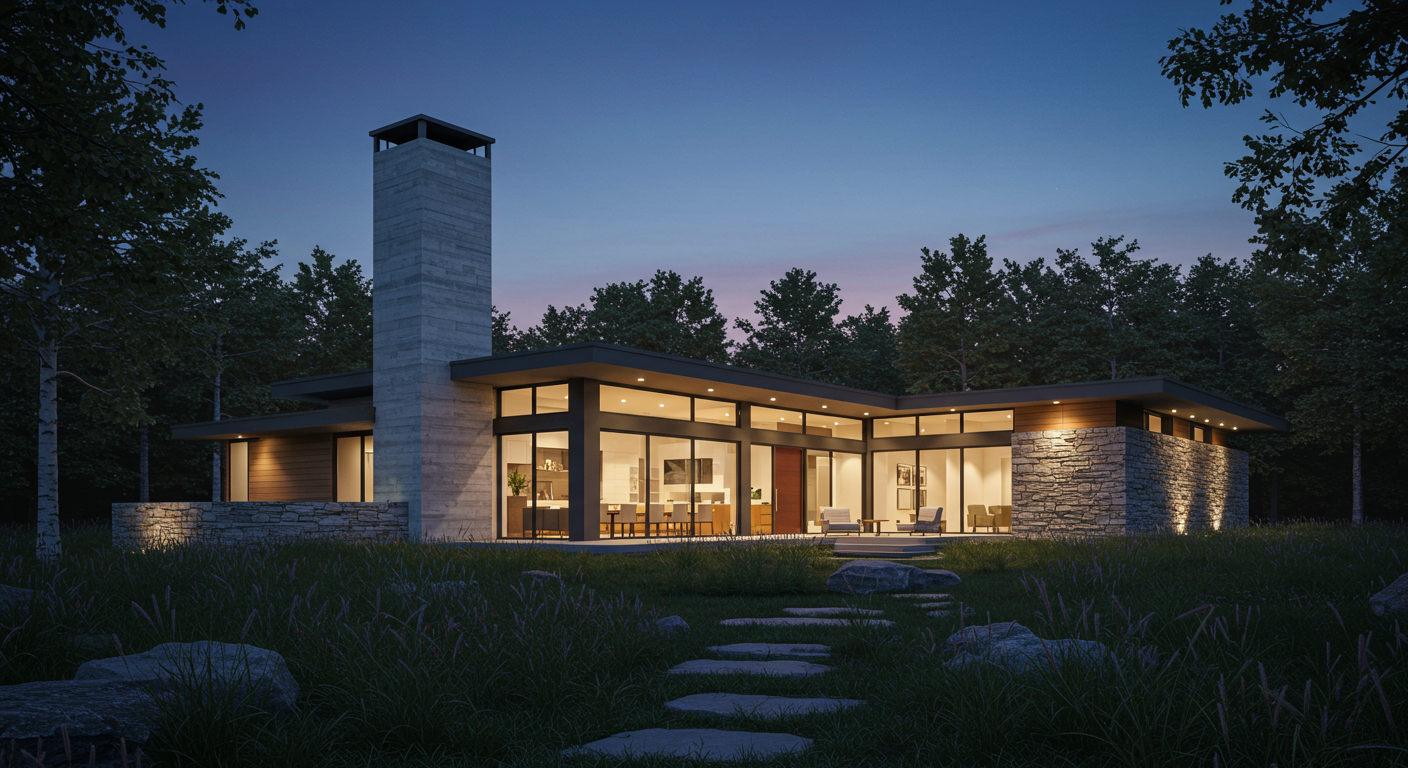
Expert Advice: To counter the tightening insurance market, Jen Bair offered some suggestions for home buyers to improve the chances of their home being insured.
Seven Tips from Jennifer Bair for Buyers:
- Entryways – Choose a home with multiple entry options.
- Hill Position – Choose lower on a hill vs. being at the top; Consider if the road is wide enough for a fire truck to access.
- Don’t Delay – Call your insurance broker right away so they have time to shop the market as the industry is bogged down due to non-renewals and time required to write new business.
- Admitted Coverage – Seek admitted coverage first (carriers licensed to write in California); If not available, there are many good non-admitted options (carriers not licensed in California) as carriers are adding Excess and Surplus (E&S) lines to their repertoire to meet demand.
- Building Materials – Stucco homes and concrete tile roofs are preferred over wood exteriors from a wildfire safety perspective.
- Open Space – Look for homes more than 1,000 feet from expanses of open space.
- Fire Hazards – Remove easily ignitable trees like Italian Cypress and wood chips that are within the carrier’s defensible space requirements.



Each agent offered their expert advice for homeowners on navigating the market and thoughts on industry outlook.
Q: (Bitsa) Which insurers are still writing policies in Wildland Urban Interface (WUI) areas in California?
A: (Nima) The best source to retrieve that information is the California Department of Insurance website which has consumer links to help you find all types of insurance including auto, life and homeowners. They even have a Consumer Hotline phone number to help you navigate the process and learn what reputable carriers might be writing policies.
A: (Susan) Most companies are still writing insurance subject to wildfire mapping. In high brush /wildfire areas, it is very difficult to secure terms through an admitted company (carriers licensed to write in California).
A: (Jennifer) Each carrier’s capacity is different and doesn’t necessarily coincide with a WUI (the zone of transition between unoccupied land and human development). A carrier’s willingness to underwrite a home is situation specific. To counter the tightening market, there are things prospective homeowners can do to improve the chances of their home being insured.
Q: (Bitsa) How many carriers have dropped out of the market?
A: (Jennifer) Currently High Net Worth carriers Nationwide Private Client (NPC) and AIG are no longer writing in California due to capacity constraints. As a result, AIG decided not to renew home collections and umbrella policies in their admitted markets in California. Most AIG clients will have the option of transitioning to an AIG E&S option. Some mid market carriers (eg. Travelers and Liberty Mutual/Safeco) still write in California. However, they may not write in certain zip codes due to capacity issues. This is why brokers today have to truly “shop” your insurance portfolio to find where capacity exists, if it exists.
A: (Nima) Using the resources of the California Department of Insurance as a guide to who is writing policies currently will also give homeowner clues as to who is leaving the territory. Some insurers, like State Farm, grandfather existing policy holders – but that is not the case for all carriers. During the pandemic, Insurance Commissioner, Ricardo Lara, has been working with Governor Newsom to ensure that insurance companies wait a minimum year grace period before they can take action to alter policies in catastrophe zones. During concurrent pandemic and weather events, State Farm has refrained from underwriting review – specifically with regard to billing issues.
A: (Susan) The main carrier exiting the market is AIG. Others stopped writing new policies in California a couple of years ago and the balance of companies have introduced much stricter underwriting.
Q: (Bitsa) What is the future for insurance rates in WUI or high fire danger areas?
A: (Jennifer) Insurance rates are probably at an all time high. The increase in premiums is due to a number of factors which includes a larger percentage of losses and the cost of rebuilding homes in California. If you have gone to bid recently for a remodel or reconstruction, you have noticed the higher cost per square foot being quoted. Compounding those costs are supply chain constraints and inflation. That being said, some of our carriers are not taking rate changes this year due to corrections taken over the past couple of years. The future is unclear due to disruption in the financial and economic markets.
A: (Nima) For the first time after many years, State Farm has made adjustments to raise rates in accordance with the Department of Insurance to ensure adequate reserves for losses. I have not seen huge waves of rate increases and they vary region to region. The incremental risk for areas with extreme wildfire danger is spread over that entire region. For example, if an area’s wildfire risk increases 50%, the premium might increase only 30%. The 50% will be offset by other smaller increases over other parts of that region.
A: (Susan) I believe the California Department of Insurance will need to allow insurance companies to offer either wildfire deductibles or a wildfire sublimit or exclusion in areas of high wildfire.
Q: (Bitsa) Does being a Firewise USA community help rates?
A: (Nima) Yes. Some households may see rates go up by 50% if they don’t have Firewise certification. State Farm recognizes when a coalition of homeowners make an effort to create defensible space. Safe structure and updated utilities are rewarded with anywhere from 20-40% annual savings. There are techniques that homeowners can implement to save. It is about awareness. Factors include pricing of the building materials, fire resistant home structures and proper ventilation. Cement infused materials are more fire resistant. If you are in a renovation, simple things help. Install smoke/burglar detector monitoring systems and sprinklers and have endorsements attached to your home policy. Make sure that your building ordinance code enforcement components are not neglected in policy quotes.
A: (Jennifer) Possibly. If a location is insurable, a Firewise designations may offer a premium discount. It is unlikely that it will change an underwriting decision to insure a property. Firewise communities sprung up after residents of these communities complained they were not able to find homeowners insurance. This trickles down to auto and collections insurance because if a home is considered in high brush, automobiles and collectibles are also likely to be lost in a fire. Clients that require coverage were being turned away for their entire insurance program. The California Fair Plan (CFP), typically a last resort for homeowners, does take into account this designation and in some instances may offer a discount. Most of our carriers are focused on the overall insurability of the location vs. a designation.
A: (Susan) Honestly, no. It has not made a difference in premium or acceptability.
Q: (Bitsa) Can a new insurance commissioner affect policies that Californians can obtain?
A: (Susan) Yes, the Department of Insurance can change the requirements and filings for insurance companies in the state of California.
A: (Jennifer) The Insurance Commissioner definitely affects policies. However, their reach and impact is not immediately realized. The Commissioner straddles a line between protecting insureds while also trying to entice desired carriers to write in the state of California – goals often at odds with one another. The DOI created the Fair Plan as a solution for homeowners without options. They also increased the Total Insured Value (TIV ) of a home from $1.5M to $3M. Nevertheless, they also have requirements to minimize the state’s financial risks, such as proof the home is being properly maintained. The DOI continues to take action against unscrupulous brokers and agents, which often involves jail time and making financial reparations. The last few years have been extremely painful for a majority of insureds. More options are necessary to help alleviate the difficulty and expense associated with California homeowner insurance, especially since this can impact the resale value and marketability of a home.
A: (Nima) Governor Newsom and Commissioner Lara are communicating on this issue and watchdog groups are continuing to monitor it. Policyholders who are not renewed and have trouble finding coverage on the standard market are putting pressure on leadership. For-profit prospective carriers are reluctant to provide coverage and risk being over exposed. Carriers that leave California are an indication that appropriate premiums are not collected.
Help on the Way For Consumers:
In response to complaints, Commissioner Lara recently announced new regulations to improve wildfire safety and drive down the cost of insurance. Proposed regulations incorporate the “Safer from Wildfires” framework to protect existing homes and communities. The regulations, which could be in effect by this summer, require insurance companies to factor consumers’ wildfire safety actions into their pricing of coverage. They also will provide consumers with transparency about their “wildfire risk score” that insurance companies assign to properties.
“With more Californians rolling up their sleeves and reaching into their own pockets to protect their homes and businesses, insurance pricing must reflect their efforts… My new regulations will help encourage a competitive insurance market for all by putting safety first and driving down costs for consumers.”
Commissioner Ricardo Lara

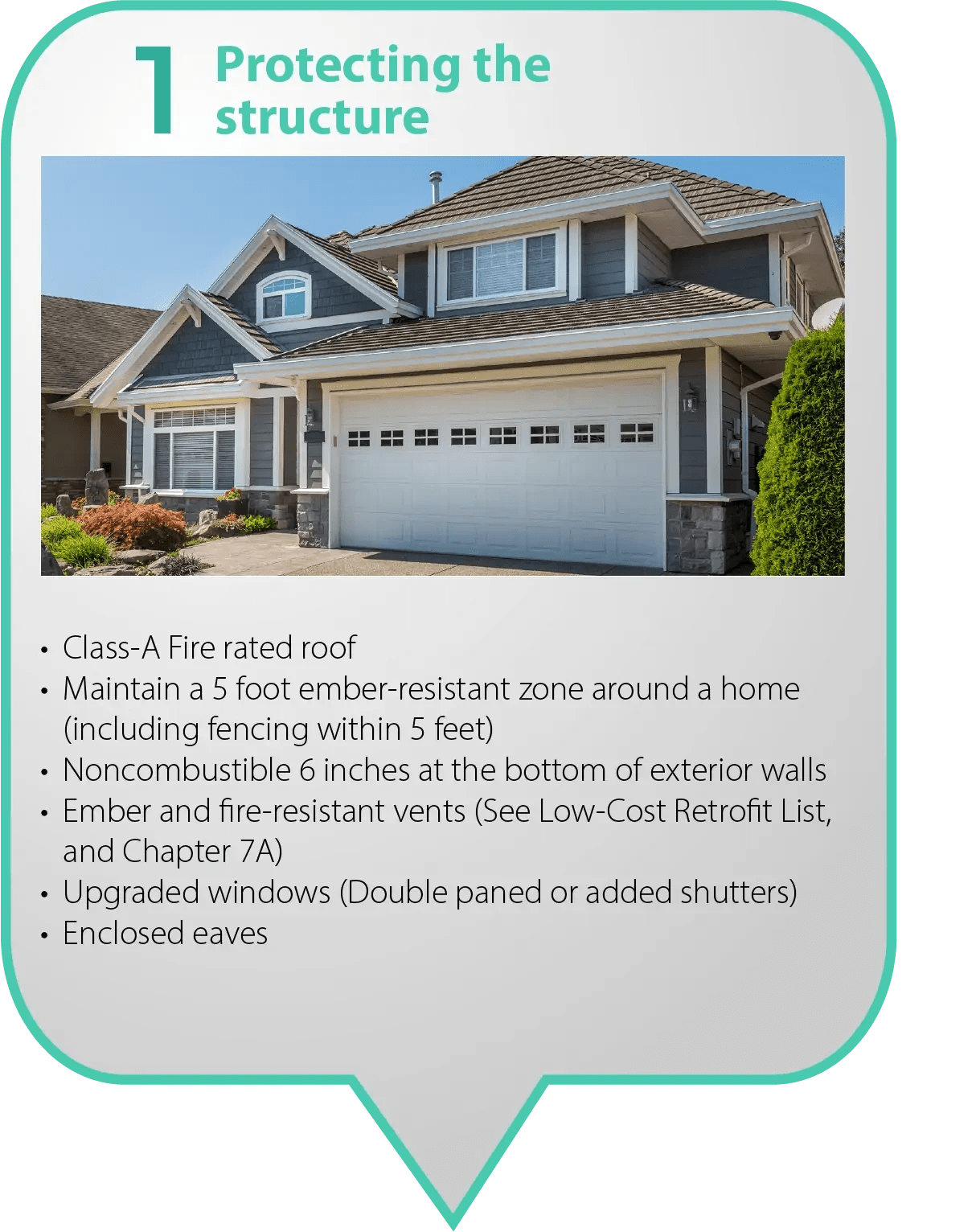
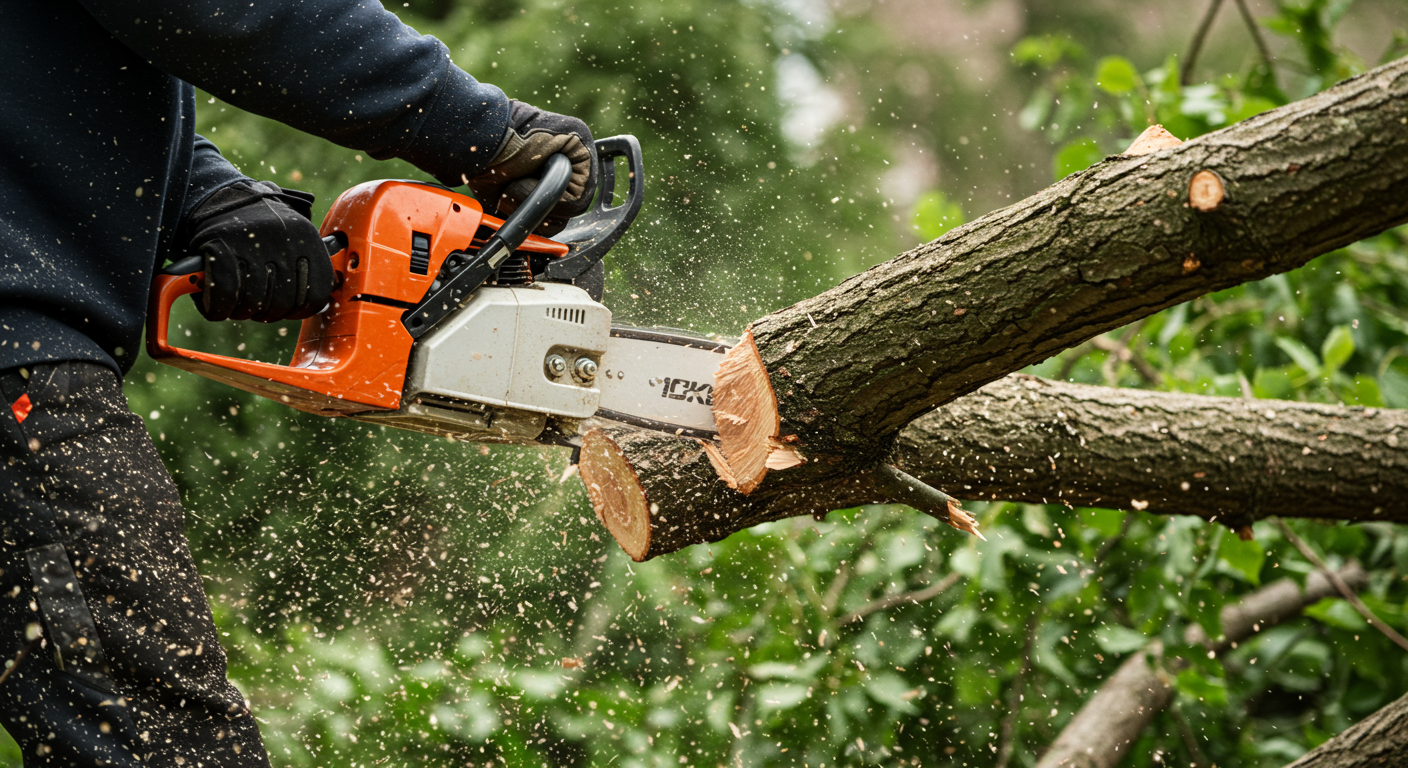
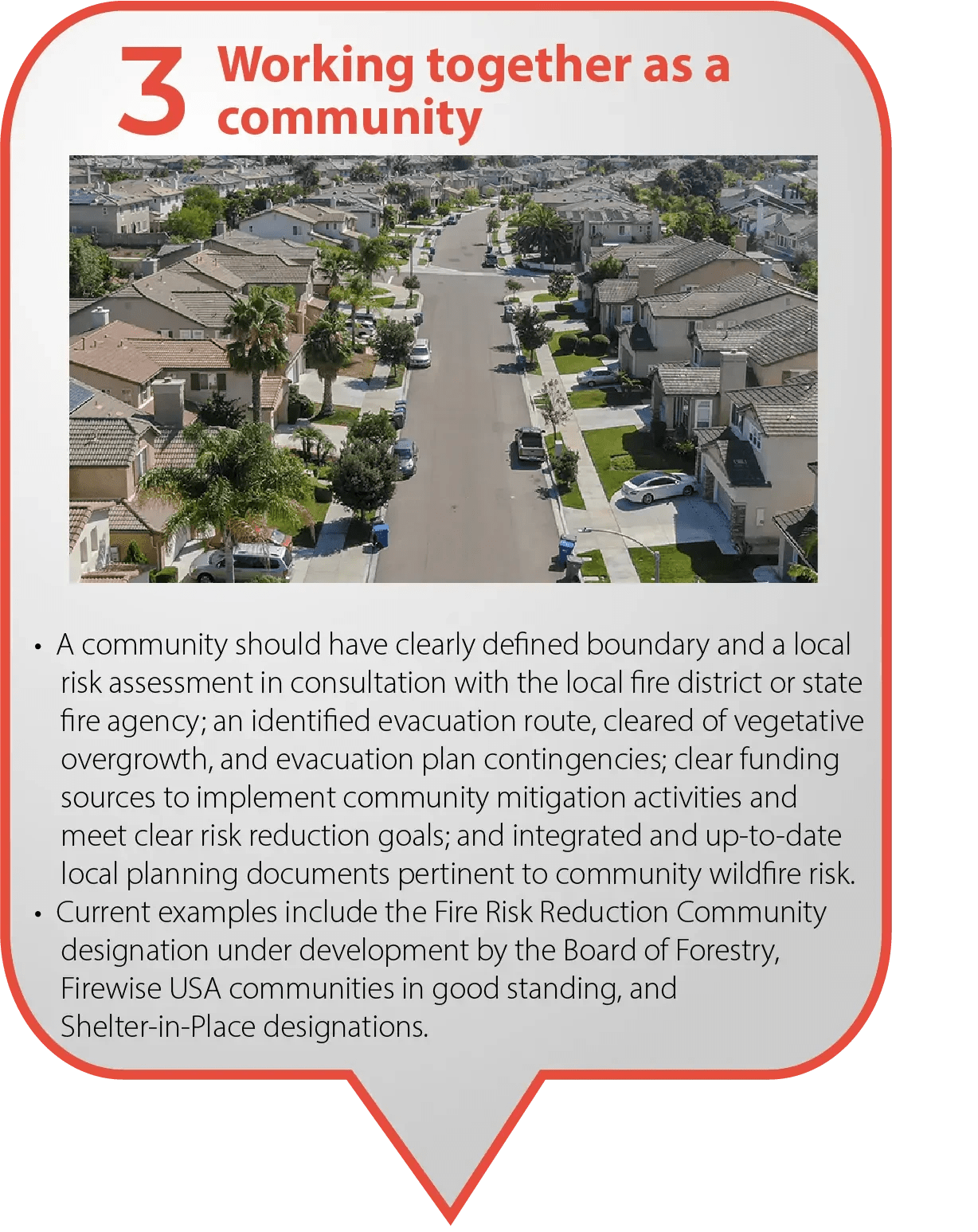
Thanks Jennifer, Nima and Susan for the inside perspectives! Please reach out if you have any questions about fire insurance or buying or selling a home in Marin County. You can find all kinds of information on how to protect yourself, your family and your home at firesafemarin.org and Recent Statistics on California fires below.
Boulevard Real Estate is a Certified Green Company committed to sustainability and fire safety. Bitsa is Fire Committee Chair for the Kent Woodland Homeowners Association. She led the efforts for her community to become Firewise Certified. We love to focus on local experts who serve our community like Jennifer, Susan and Nema.
Recent Statistics:
- Scientists continue to warn of the effects of climate change. The latest sobering statistics on California wildfires support the importance of homeowners carrying the right insurance for wildfires.
- After a record year of wildfires in 2018, 350,000 California home and business owners could not purchase adequate property and casualty insurance because of the increased risk facing providers. This created significant issues for homeowners trying to satisfy mortgage requirements.
- Wildfires continue to be on the rise. 2020 was a record year with a 17% increase from 2019 and a 223% increase since 1983. Based on data from The Insurance Information Institute, the top seven costliest wildland fires in United States history were all in California. Each caused several billions of dollars in insured losses. In 2020 alone, California suffered more than 9 thousand fires, 4 million acres burned and 10 thousand structures destroyed.
- With nearly triple the number of properties at-risk in 2020 as the second-highest state, California is by far the most at-risk state for wildfires in the U.S.
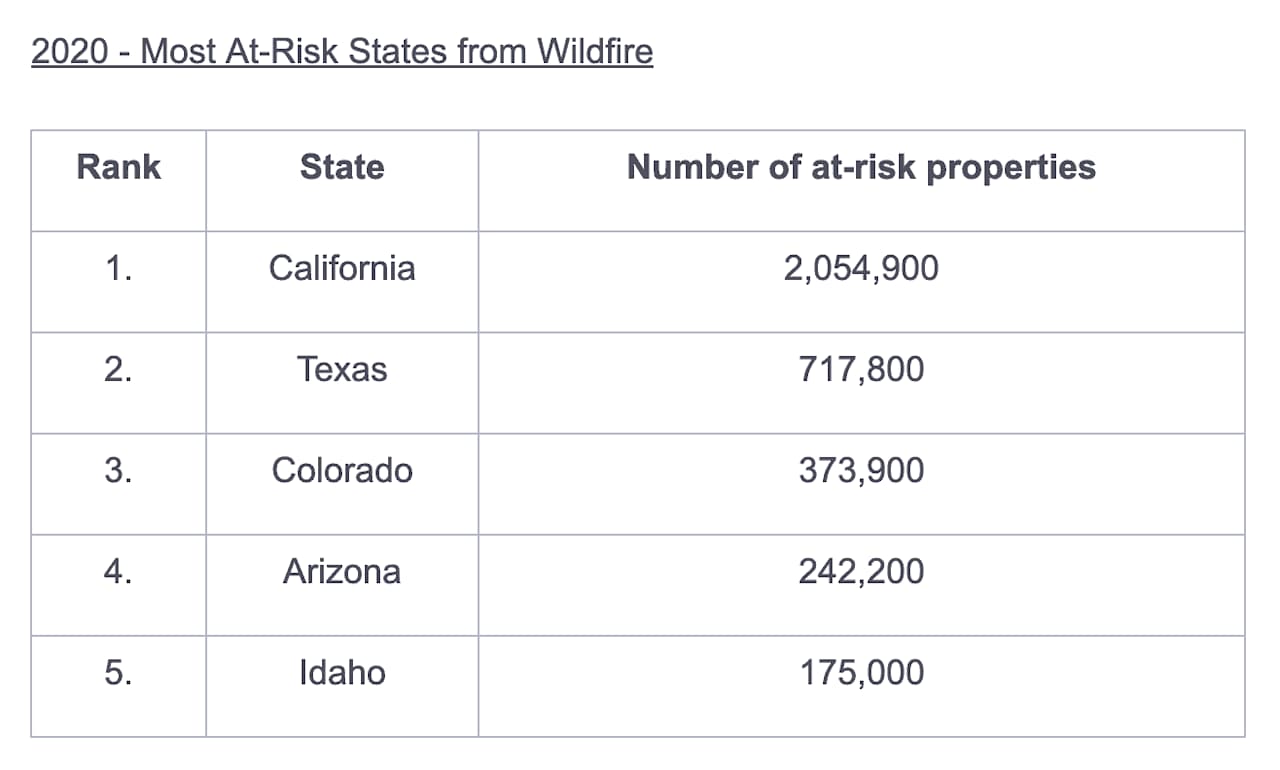
Sources:
